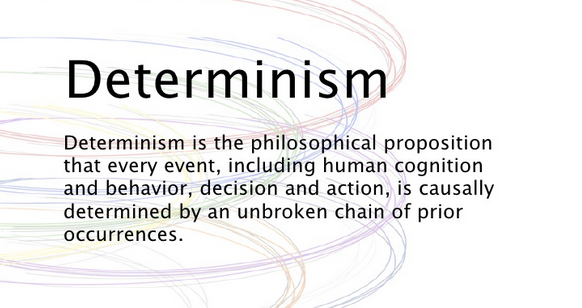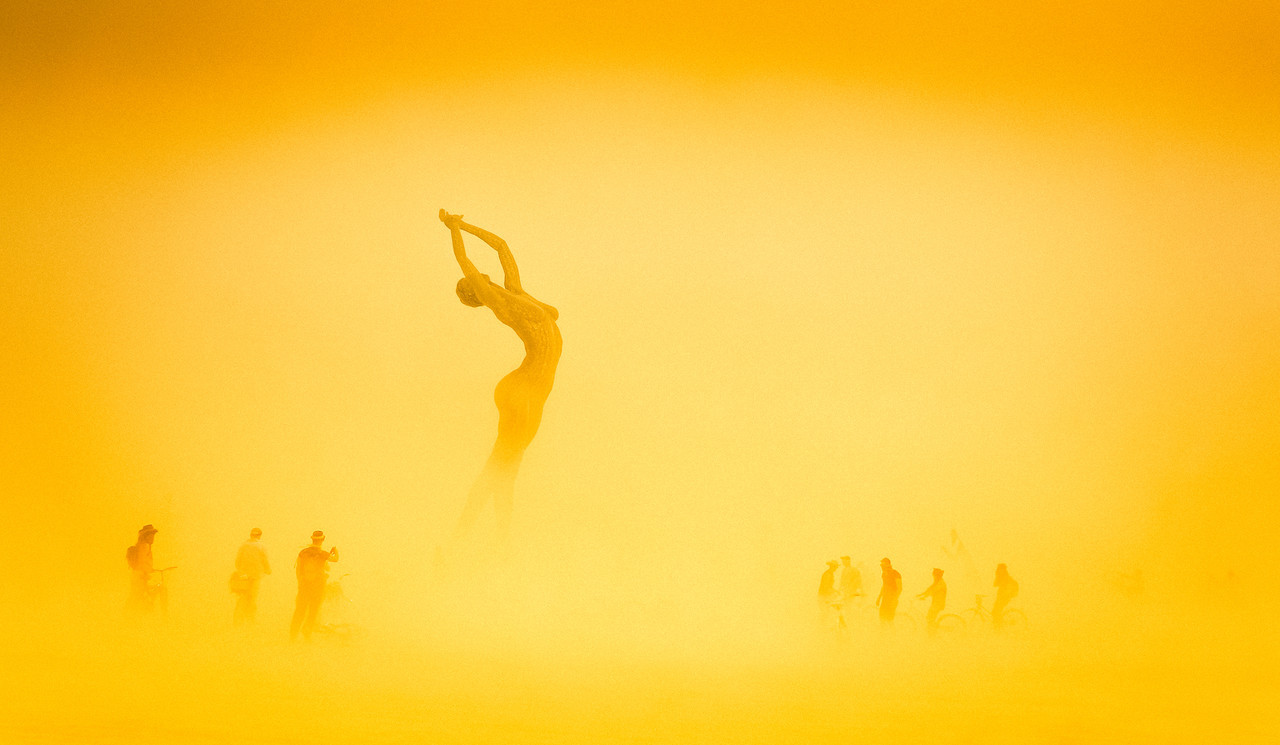RANDOM POSTs
-
The 3 Body Problem and the case against Determinism
Read more: The 3 Body Problem and the case against DeterminismIt’s becoming clear that deterministic physics cannot easily answer all aspects of nature, at astronomical and biological level.
Is this a limitation in modern mathematics and/or tools. Or an actual barrier?
The 𝐓𝐡𝐫𝐞𝐞-𝐁𝐨𝐝𝐲 𝐏𝐫𝐨𝐛𝐥𝐞𝐦 is one of the most enduring challenges in celestial mechanics, addressing the complex motion of three celestial bodies interacting under gravity. Governed by Newton’s laws of motion and the law of universal gravitation, it seeks to predict the paths of the bodies based on their masses, positions, and velocities. While the Two-Body Problem has exact solutions described by Kepler’s laws, introducing a third body leads to a nonlinear system of equations with no general analytical solution. This complexity arises from the chaotic interactions between the bodies, where even minute changes in initial conditions can lead to vastly different trajectories—a key aspect of chaos theory.
Historically, the Three-Body Problem has fascinated some of the greatest scientific minds. Isaac Newton laid its foundation, but it was Joseph-Louis Lagrange and Leonhard Euler who discovered specific cases with periodic or predictable solutions. Lagrange identified the Lagrange points, stable positions where the gravitational forces and motion of the three bodies balance, while Euler found collinear solutions, where the bodies align on a single line periodically. These solutions, though special cases, have profound implications for space exploration, such as identifying stable regions for satellites orbits.
Despite the chaotic nature of the Three-Body Problem, researchers have discovered periodic solutions where the bodies follow repetitive paths, returning to their original positions after a fixed time. In the 1970s, Michel Hénon, Roger A. Broucke, and George Hadjidemetriou identified a fascinating family of such solutions, now known as the Broucke–Hénon–Hadjidemetriou family. These solutions often involve symmetric and elegant trajectories, such as the figure-eight orbit, where three equal-mass bodies chase each other along a shared path resembling the number eight.
Other periodic solutions include equilateral triangle configurations (where the bodies maintain a triangular shape while rotating or oscillating) and collinear periodic orbits (where the bodies periodically align and reverse directions). These solutions highlight the intricate balance between gravitational forces and motion, offering glimpses of stability within the chaos.
While the Three-Body Problem laid the groundwork for understanding gravitational interactions, the study of higher n-body problems reveals the rich and chaotic dynamics of larger systems, offering critical insights into both cosmic structures and practical applications like orbital dynamics. -
Louie Schwartzberg The hidden beauty of pollination
Read more: Louie Schwartzberg The hidden beauty of pollination“Beauty and seduction is nature’s tool for survival. Because we will protect what we fall in love with.” Louie Schwartzberg
-
Artifacts now available for all Claude.ai users across our Free, Pro, and Team plans
Read more: Artifacts now available for all Claude.ai users across our Free, Pro, and Team planshttps://www.anthropic.com/news/artifacts
Artifacts turn conversations with Claude into a more creative and collaborative experience.
-
Justin Hall, The future of free energy is here
Read more: Justin Hall, The future of free energy is herehttps://www.youtube.com/watch?v=ghhgUmGBjX8
-
Macro Probe Lens Comparison: AstrHori 28mm vs Laowa 24mm
Read more: Macro Probe Lens Comparison: AstrHori 28mm vs Laowa 24mmhttps://visualeducation.com/macro-probe-lens-comparison-astrhori-28mm-vs-laowa-24mm/
https://petapixel.com/2022/11/01/astrhori-has-a-28mm-macro-probe-lens-that-looks-a-lot-like-laowas/
Overall, the Laowa did perform better than the AstrHori across all of our tests. The AstrHori lost contrast and suffered from flare when the subject was backlit. It also struggled to achieve perfect neutrality in terms of colour balance.
However, as mentioned above, the cost difference between these two lenses is significant. Considering that it costs less than half as much as the Laowa, the AstrHori is an impressive macro probe lens for the price.
COLLECTIONS
| Featured AI
| Design And Composition
| Explore posts
POPULAR SEARCHES
unreal | pipeline | virtual production | free | learn | photoshop | 360 | macro | google | nvidia | resolution | open source | hdri | real-time | photography basics | nuke
FEATURED POSTS
Social Links
DISCLAIMER – Links and images on this website may be protected by the respective owners’ copyright. All data submitted by users through this site shall be treated as freely available to share.








